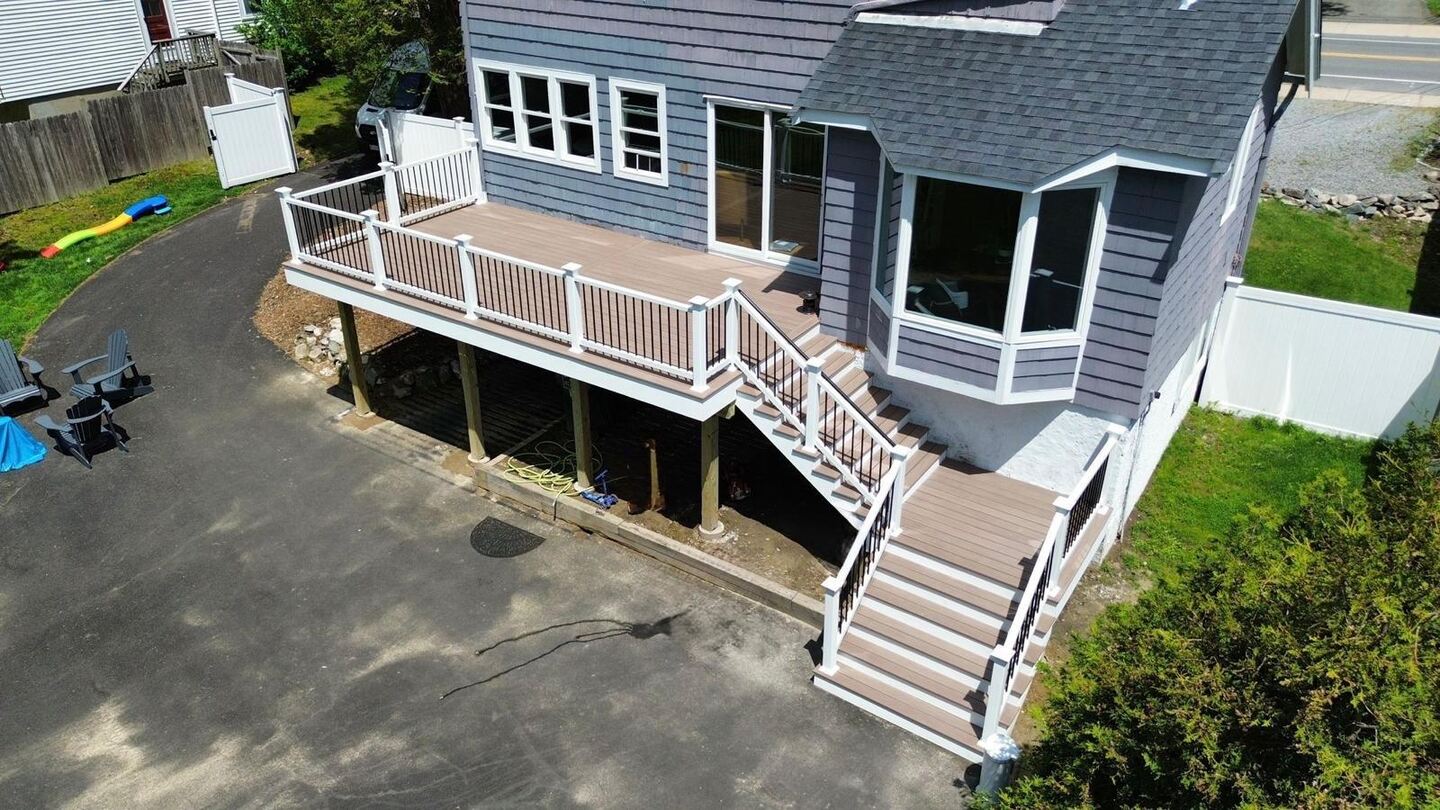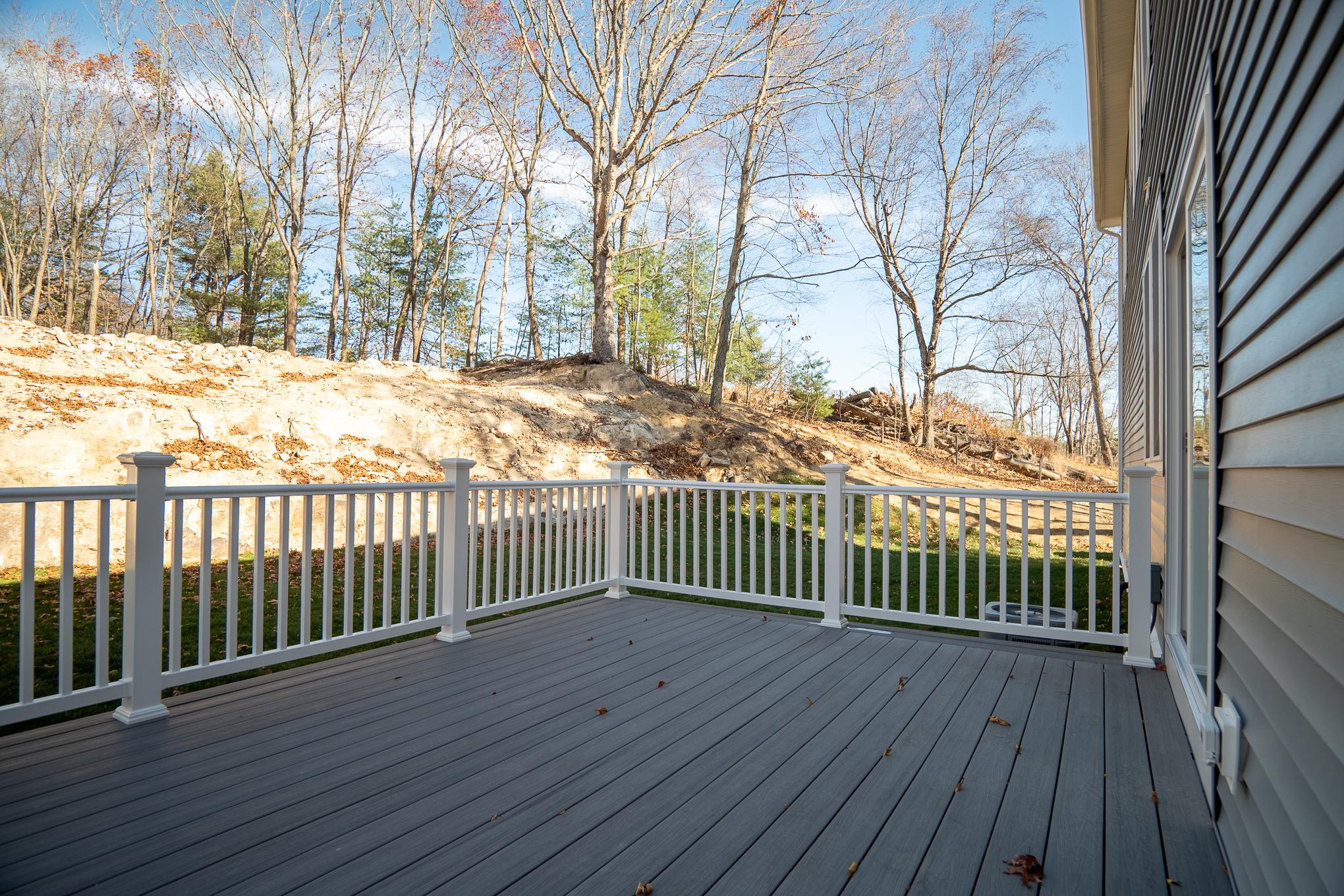What is Light Well in architecture?
A Light Well in architecture refers to a vertical shaft or opening in a building that allows natural light to penetrate into the interior spaces. This design element is commonly used in buildings to enhance natural lighting and ventilation, creating a more comfortable and sustainable environment for occupants.
Benefits of Light Well in architecture
Light Wells not only provide natural light and ventilation to interior spaces but also help reduce the reliance on artificial lighting and mechanical ventilation systems. This can lead to energy savings and a more environmentally friendly building design.
Design considerations for Light Well in architecture
When incorporating a Light Well into a building design, architects must consider factors such as the orientation of the building, the size and shape of the Light Well, and the materials used to maximize natural light penetration. Proper design and placement of Light Wells can significantly impact the overall aesthetics and functionality of a building.
Types of Light Wells in architecture
There are various types of Light Wells used in architecture, including open Light Wells, enclosed Light Wells, and atriums. Each type offers unique benefits and design opportunities, depending on the specific requirements of the building and its occupants.
Examples of Light Well in architecture
Many iconic buildings around the world feature Light Wells as a prominent design element. From historic structures to modern skyscrapers, architects have creatively incorporated Light Wells to enhance the visual appeal and functionality of their designs.
Challenges of incorporating Light Well in architecture
While Light Wells offer numerous benefits, they also present challenges in terms of structural design, maintenance, and privacy concerns. Architects must carefully balance these factors to ensure the successful integration of Light Wells into a building design.
Future trends in Light Well design
As sustainability and energy efficiency become increasingly important in architecture, the use of Light Wells is expected to grow. Architects are exploring innovative ways to maximize natural light and ventilation through creative Light Well designs that prioritize both aesthetics and functionality.
Conclusion
In conclusion, Light Wells play a crucial role in modern architecture by enhancing natural lighting, ventilation, and energy efficiency in buildings. By carefully considering design factors and incorporating Light Wells creatively, architects can create sustainable and visually appealing spaces for occupants to enjoy.




